Polyherbal products: an effective and safe alternative to choline chloride in animal nutrition
Polyherbal products: an effective and safe alternative to choline chloride in animal nutrition
What role do polyherbal products play in the evolution of animal nutrition?
For decades, choline chloride has been a standard source of choline in diet formulation. However, its technical profile and functional limitations, such as its inactive form, hygroscopicity, and effect on vitamin degradation, have led to a critical reevaluation of its use.
Against this backdrop, polyherbal products are emerging as a natural, effective, and science-backed alternative, offering metabolic, logistical, and environmental benefits that go beyond simply replacing a synthetic additive.
What are polyherbal products and how do they work?
Polyherbal products are natural formulations made from multiple plants in their original state (dried, ground, and mixed, without extraction). This composition takes advantage of the synergy between different bioactive compounds, increasing efficacy and reducing the risk of toxicity. Their origin dates back to Ayurvedic medicine, which considers the balance between multiple natural substances to modulate physiological functions.
However, not all plant-based products are the same!
Given that these are complex natural solutions, and that there are significant differences between formulations available on the market, choosing a good polyherbal product requires rigorous analysis based on scientific and technical criteria.
The active compound: Natu-B4™, for example, is based on phosphatidylcholine (PC), which:
- Is three metabolic steps ahead of synthetic choline (Li & Vance, 2008);
- Is already in active form, reducing the necessary dose;
- In its C16:0 C18:1 form, stimulates PPARα receptors, improving the use of lipids as an energy source (Lamaziere & Wolf, 2010).
In Natu-B4™, which contains C16:0 C18:1 phosphatidylcholine, this stimulation promotes:
- Greater energy available for growth;
- Reduced body fat storage;
- Leaner channels and better feed conversion.
Key benefits compared to choline chloride
Natu-B4™, developed by Nuproxa, provides a more complete solution than choline chloride, overcoming its technical limitations thanks to a validated and scientifically backed formulation.
Advantages of Natu-B4™:
- Lower inclusion: requires less space in formulas and premixes.
- Greater stability: it is not hygroscopic and does not accelerate the degradation of vitamins and pigments.
- Prolonged storage: ideal for premixes and cores, with no risk of caking.
- Lower environmental impact: non-petroleum derived, with less price variability.
- Superior physiological effect: stimulation of key metabolic pathways, such as PPARα receptors.
In addition, by replacing choline chloride with the validated natural solution Natu-B4™:
- Chlorine intake is reduced, which can promote electrolyte balance;
- The risk of caking is minimized, as Natu-B4™ is not hygroscopic;
- The stability of premixes is improved by preventing the degradation of vitamins and pigments.
How to choose a reliable polyherbal product?
Natu-B4™, for example, has an exclusive formulation that has been proven to meet all of the criteria listed below.
1. Does the product have a clear and validated mechanism of action?
In a market where general comparisons still predominate, moving toward clear scientific characterization is essential.
Modern tools allow for the precise evaluation of the mechanisms of action of natural products:
- Chromatography, to identify and quantify active compounds in complex mixtures;
- Nutrigenomics, to observe interactions at the genetic level;
- Physiological biomarkers, which complement zootechnical results with objective evidence.
2. Does it have a robust technical file?
A reliable file should include:
- Repeatability of tests;
- Various test conditions;
- Prestigious institutions involved;
- Studies published by specialized institutions with a scientific track record.
Example: studies conducted under commercial and experimental conditions with broiler chickens.
3. Are there food safety guarantees?
The product must undergo sanitation processes. Without these precautions, the risk of contamination by microorganisms, pesticides, or mycotoxins increases, compromising the safety of the final product.
4. Does it have recognized certifications?
Prefer suppliers with quality systems such as:
- ISO;
- FAMI-Qs;
- Regional certifications recognized in the animal feed sector.
Check whether the certification applies to the manufacturer, the marketer, or both.
5. Does the supplier have expertise in raw materials?
- Do they know the genetics, origin, and part of the plant used?
- Do they control the harvest point, drying, and grinding?
- Do they have proven experience in formulating plant-based products with a technical and consistent approach?
A specialized supplier helps reduce functional variability and improve the predictability of results, even under different physiological and environmental conditions.
Is it profitable to choose a polyherbal product?
Yes, when considering the real value of a functional additive:
- It can contribute to improving formulation stability, reducing health risks, and avoiding sustained production losses.
- It reduces dependence on petroleum-based inputs and their price volatility.
- It offers added value when its effectiveness is backed by a solid technical dossier.
Conclusion: why are polyherbal products the alternative of the present?
Scientific, technical, and production evidence shows that polyherbal products represent a complete and sustainable solution to replace choline chloride in modern animal nutrition.
Natu-B4™ represents this alternative for today, with an exclusive formulation, technical support, and proven results in the field.
Making the right choice means:
- Understanding how it works;
- Demanding scientific validation;
- Investing in experienced and certified suppliers.
In the next publication, we will take a closer look at studies evaluating the effect of a combination of natural choline and betaine in broiler chickens. An alternative with concrete results.
See you soon!
Source: Article based on a text written by the Nuproxa technical team, based on recognized scientific literature on animal nutrition.
References consulted:
Li, Z., & Vance, D.E. (2008). Phosphatidylcholine metabolism and choline kinase. Biochemical Journal.
Lamaziere, A., & Wolf, C. (2010). Effects of phosphatidylcholine isomers on lipid metabolism. Journal of Lipid Research.
Pillai, P.B., et al. (2006). Effects of methyl donors in broilers. Poultry Science.
Attia, Y.A., et al. (2009). Soy lecithin composition in poultry diets. Animal Feed Science and Technology.
Furtado, C.E. (2012). Composition and functionality of lecithins. Revista Técnica de Alimentación Animal.
Eklund, M., et al. (2005). Betaine in animal nutrition. Livestock Science.
Craig, S.A.S. (2004). Betaine in human nutrition. American Journal of Clinical Nutrition.
Finkelstein, J.D., et al. (1982). Methionine metabolism studies in rats. Journal of Nutrition.
Read more at
Nuproxa's Blog
FAMI-QS: a commitment to quality that unites Nuproxa Switzerland and its affiliates in Latin America
By Ana Paula Barp Brandt, Quality Director of the Nuproxa Group During Nuproxa Quality Week, we cele...
+Combined and natural strategies to reduce the risk of coccidiosis in poultry
In the previous content, we addressed important factors about coccidiosis, ...
+Guide to understanding animal stress and its impact on poultry and swine production
Animal stress is a critical factor that directly influences performance and production in poultry an...
+Guide to the prevention and treatment of coccidiosis in poultry: part 1
Coccidiosis occurs in poultry that are infected by ingesting sporulated oocysts from different speci...
+Read more at
Nuproxa's Blog
FAMI-QS: a commitment to quality that unites Nuproxa Switzerland and its affiliates in Latin America
By Ana Paula Barp Brandt, Quality Director of the Nuproxa Group During Nuproxa Quality Week, we cele...
+Combined and natural strategies to reduce the risk of coccidiosis in poultry
In the previous content, we addressed important factors about coccidiosis, ...
+Guide to understanding animal stress and its impact on poultry and swine production
Animal stress is a critical factor that directly influences performance and production in poultry an...
+Guide to the prevention and treatment of coccidiosis in poultry: part 1
Coccidiosis occurs in poultry that are infected by ingesting sporulated oocysts from different speci...
+Why reconsider the use of choline chloride in animal nutrition?
In this technical guide developed by Nuproxa, we explore lesser-discussed aspects of choline chlorid...
+Do you still use choline chloride in your production?
Discover a solution capable of transforming your results! The natural revolution to increase animal ...
+Natural Polyherbal Sources for Supplementing Vitamin e in Animal Nutrition
Nearly 100 years after its discovery in 1922, is practically consensual that supplementing with Vita...
+Improving production efficiency by controlling protozoa via herbal blend
The continuous improvement of production efficiency in industrial poultry farming still remains an e...
+Importance of the use of liver protectors in the production output of broilers
The liver is the organ performing the largest number of vital functions indispensable for the animal
+Importance of the use of liver protectors in the production output of broilers
The liver is the organ performing the largest number of vital functions indispensable for the animal...
+Dorsal fat reduction in pigs: nature has the solution
Pig farming is constantly changing. Since its technification in the 1970s, new knowledge and technol...
+Efficient solutions and better results
Pig farming is constantly changing. Since its technification in the 1970s, new knowledge and technol...
+Natural Polyherbal Sources for Supplementing Vitamin e in Animal Nutrition
Nearly 100 years after its discovery in 1922, is practically consensual that supplementing with Vita...
+Herbal formula, source of choline and it’s effect on the apparent metabolisable energy of broiler chicken’s diets
In relation to the effect of different sources of choline on the chicken’s performance, papers wri...
+

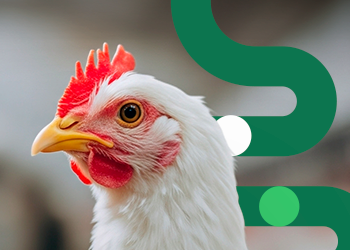

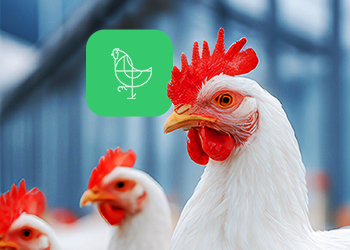
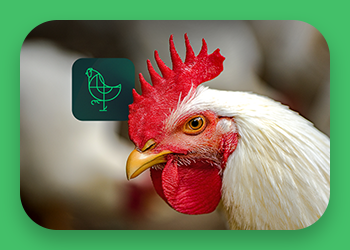
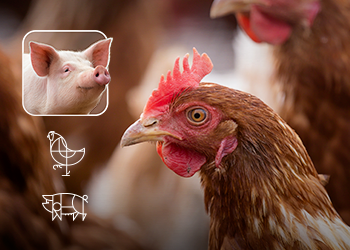

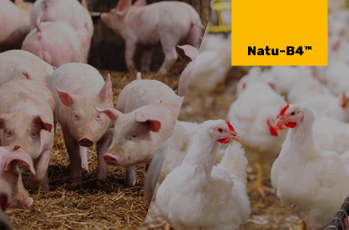
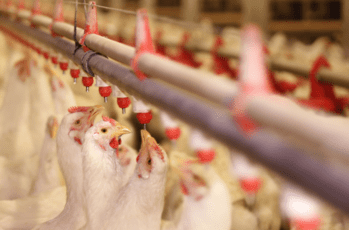
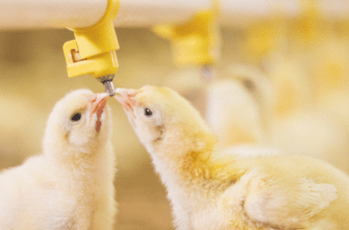
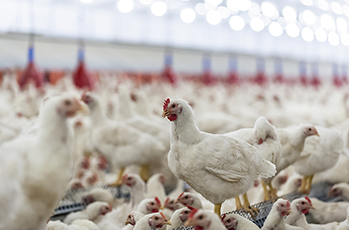
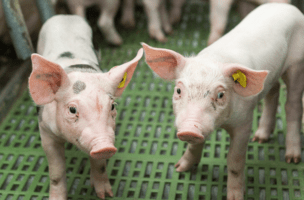
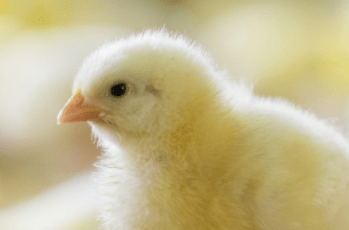
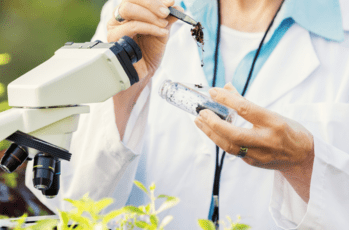
receive our newsletters.